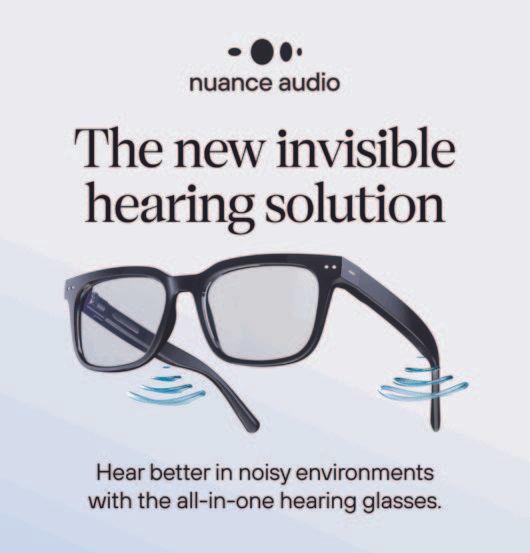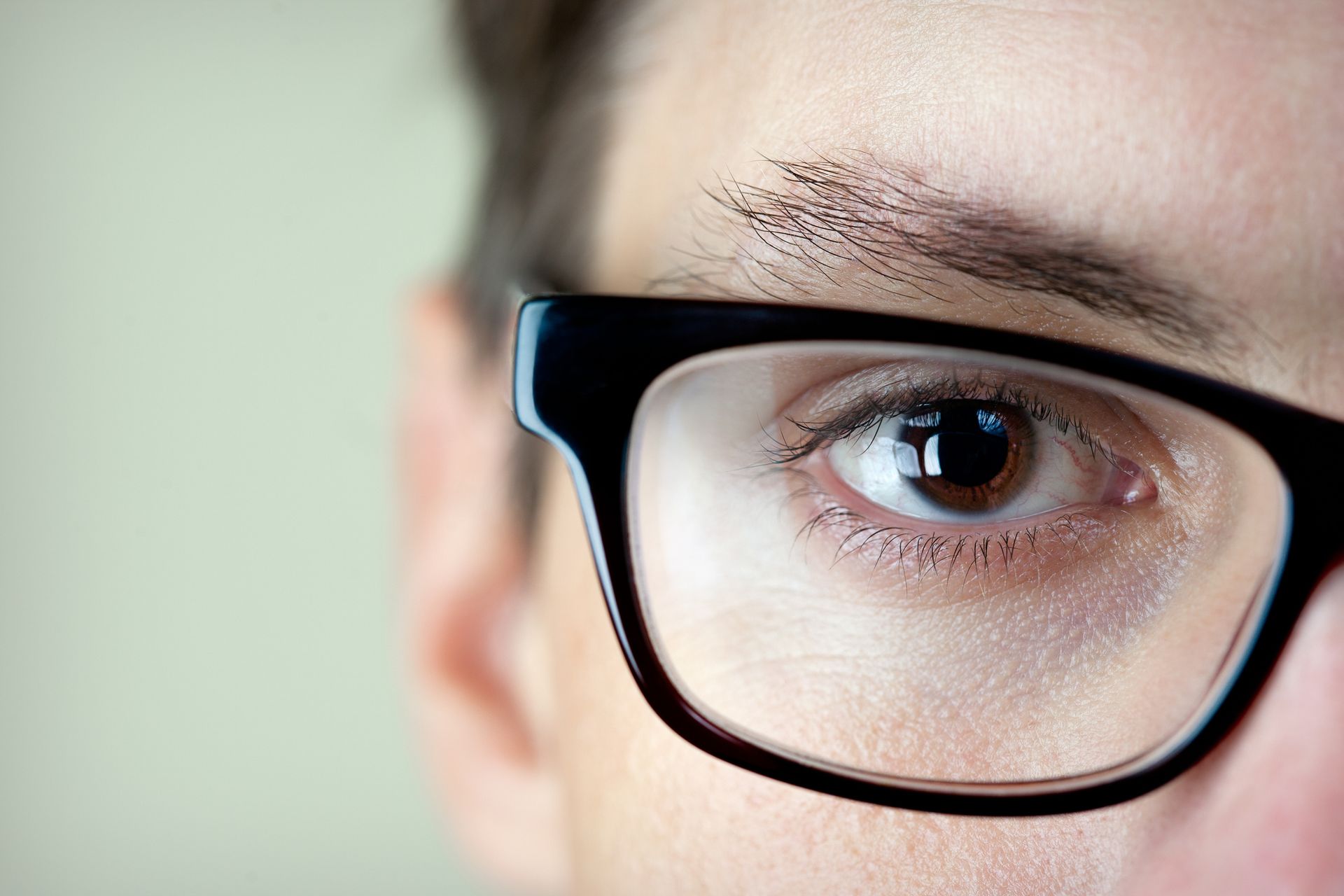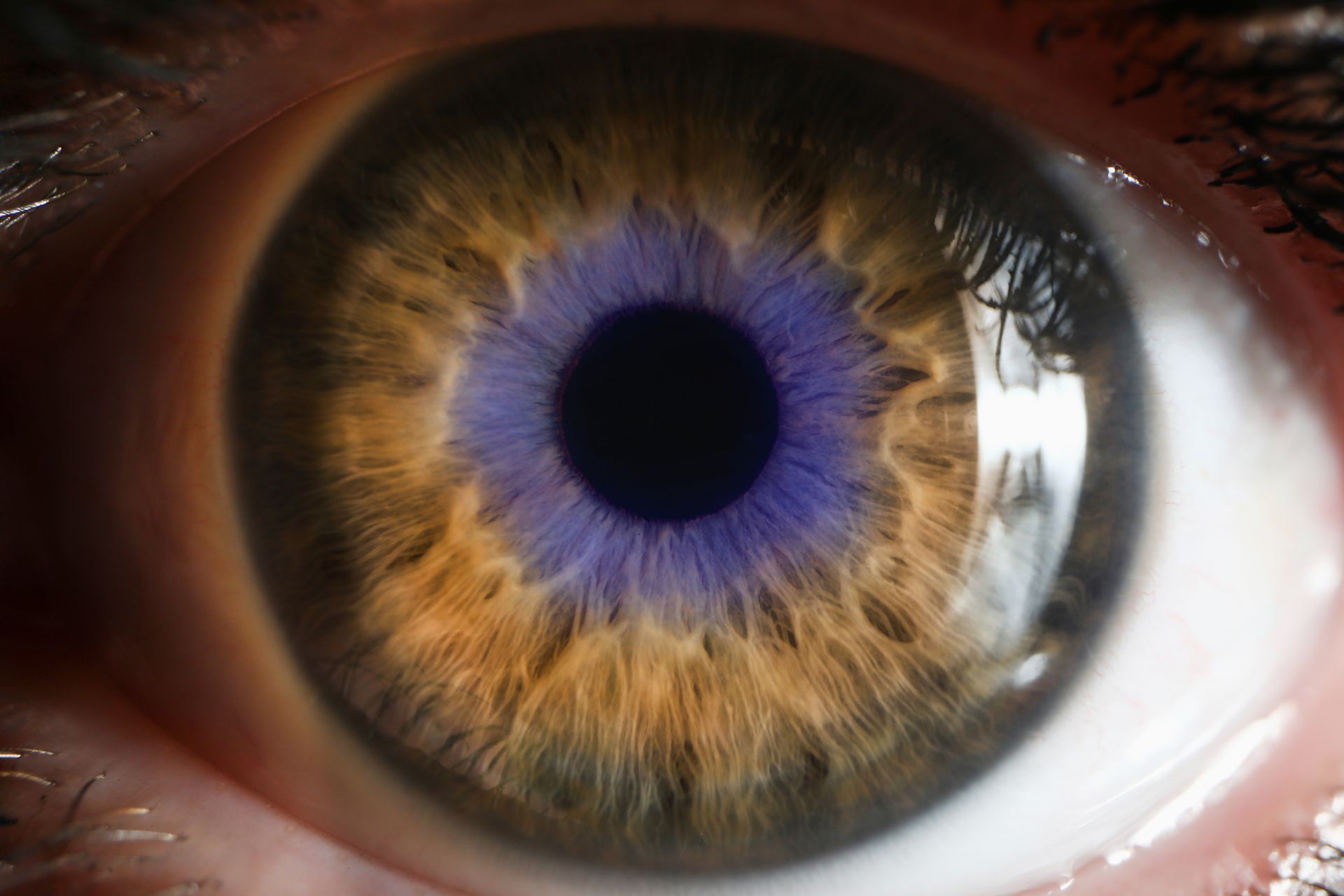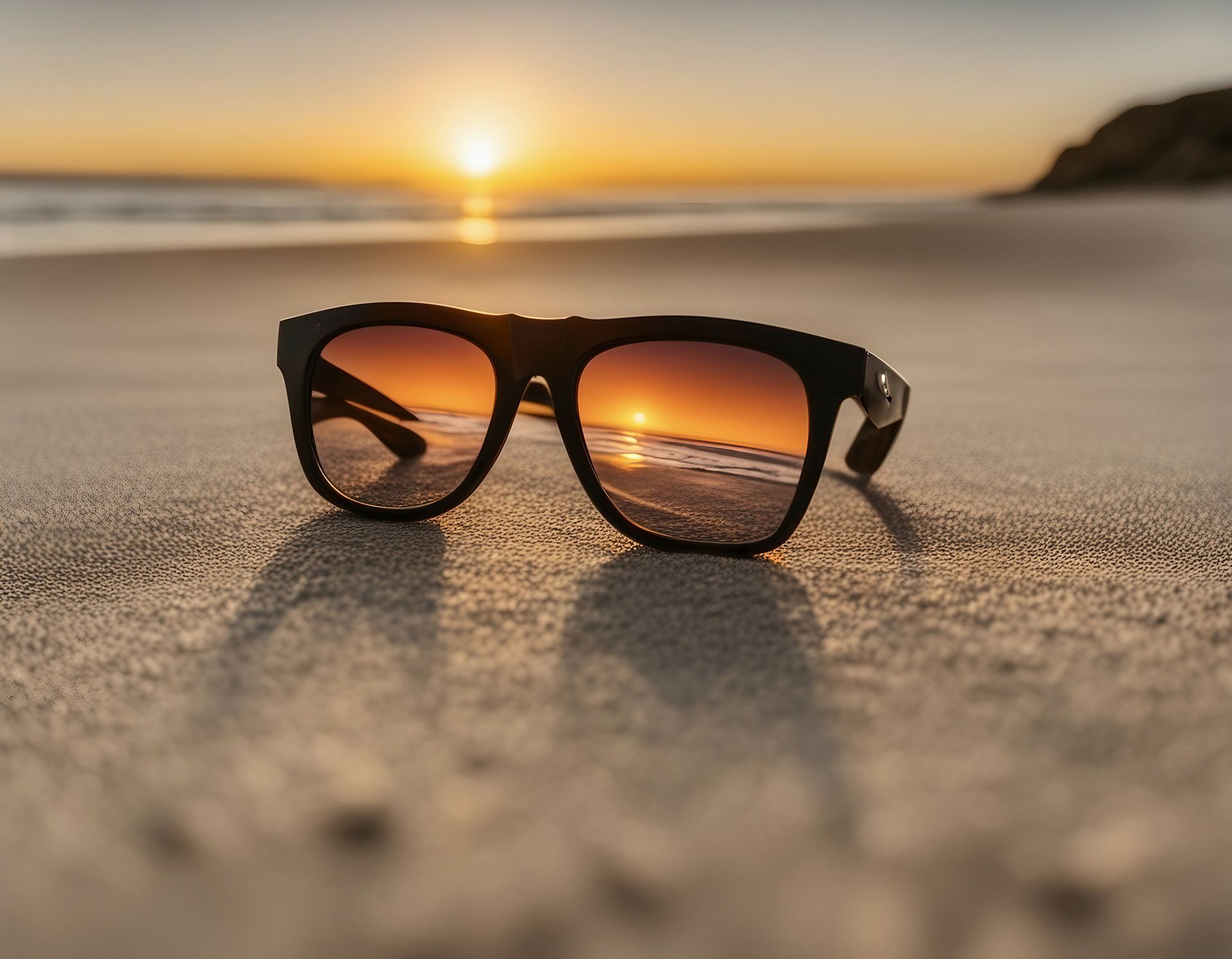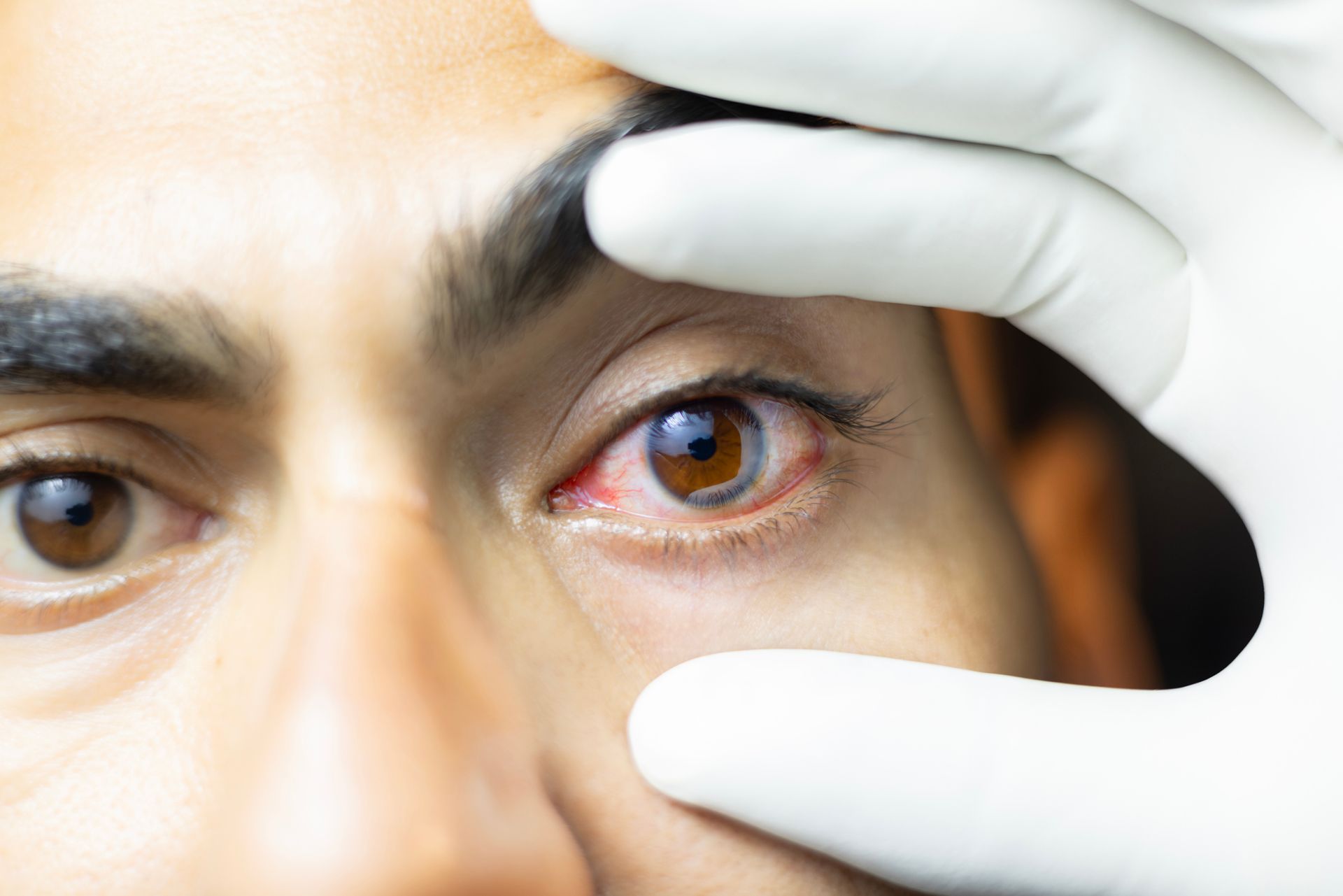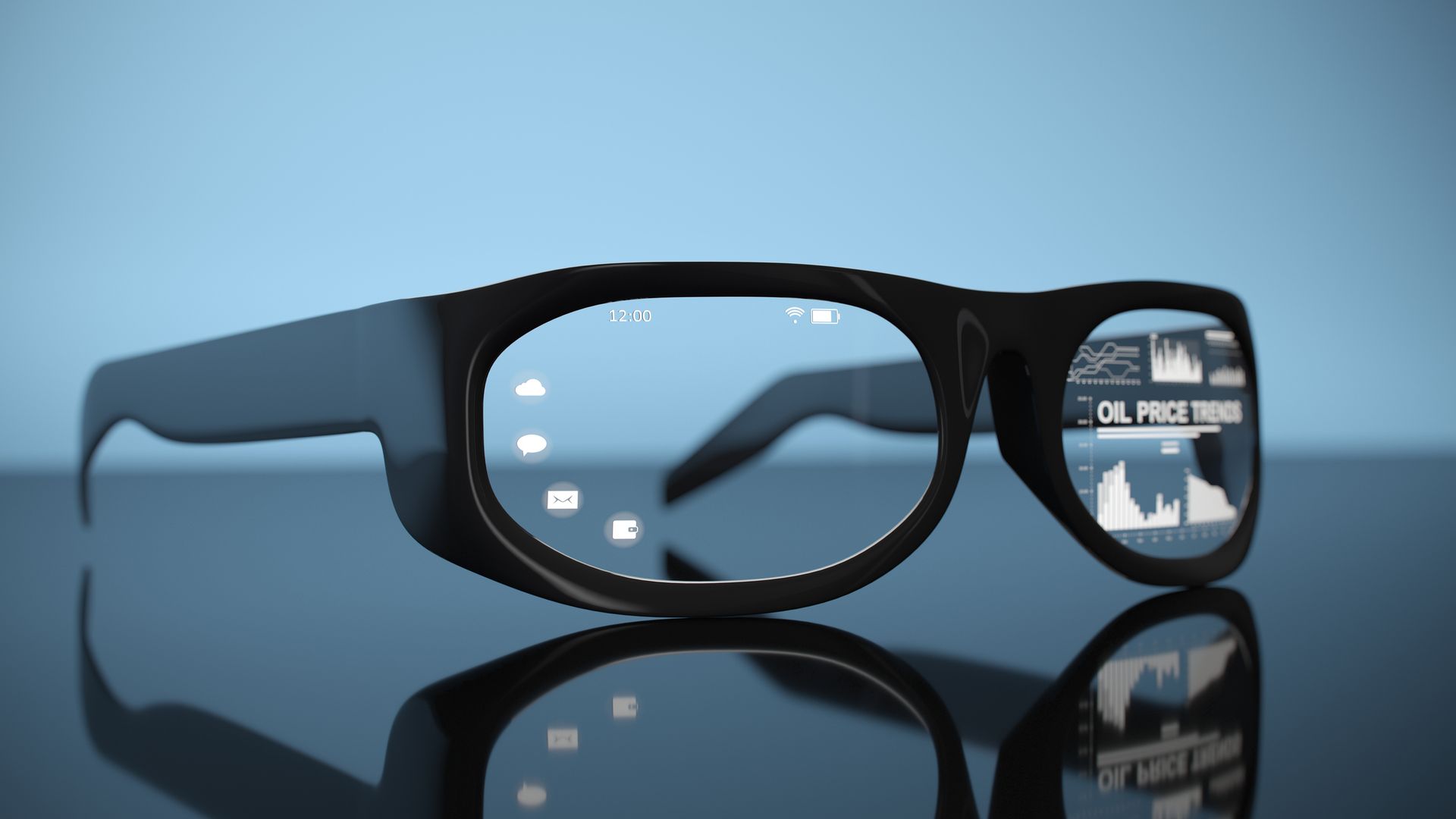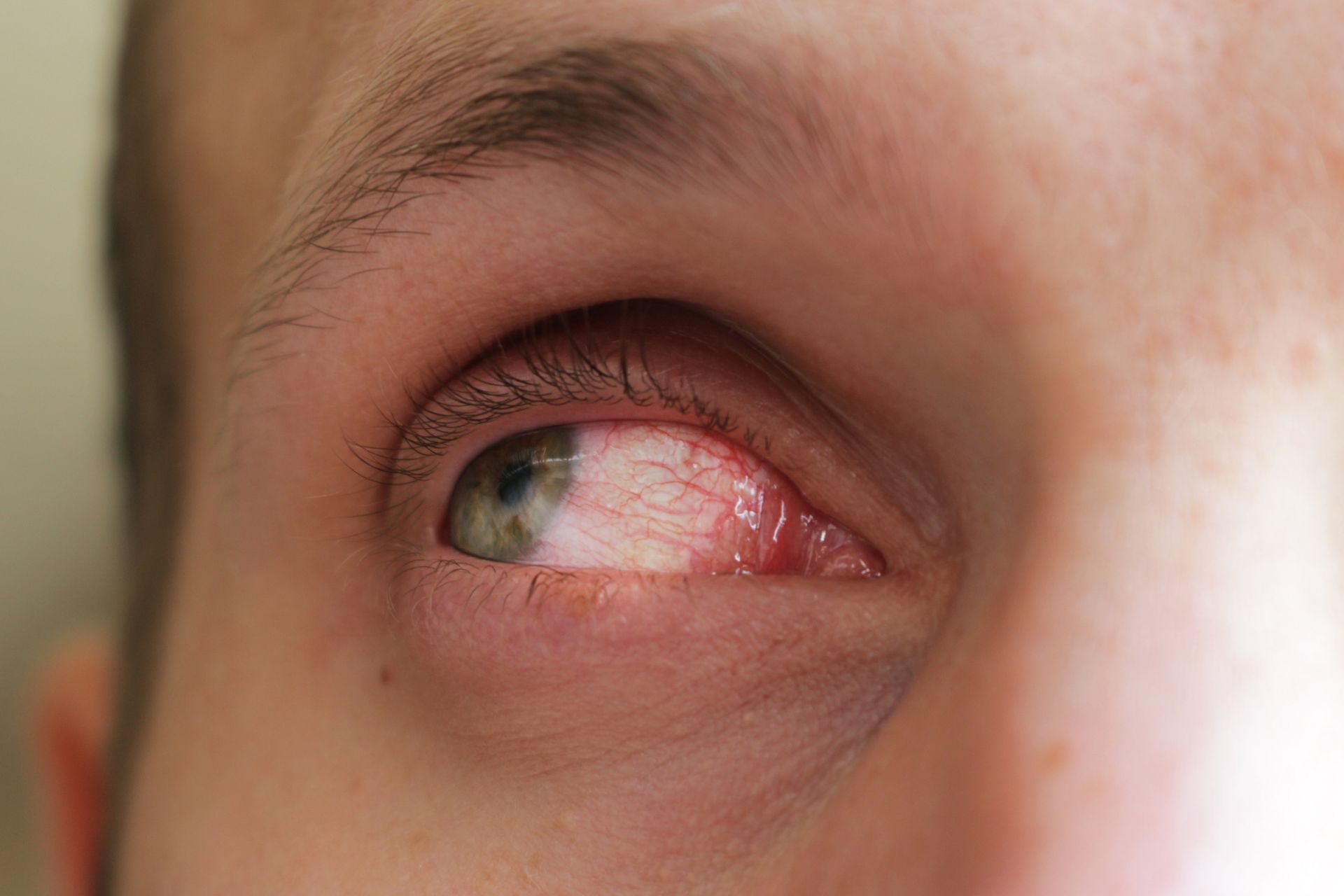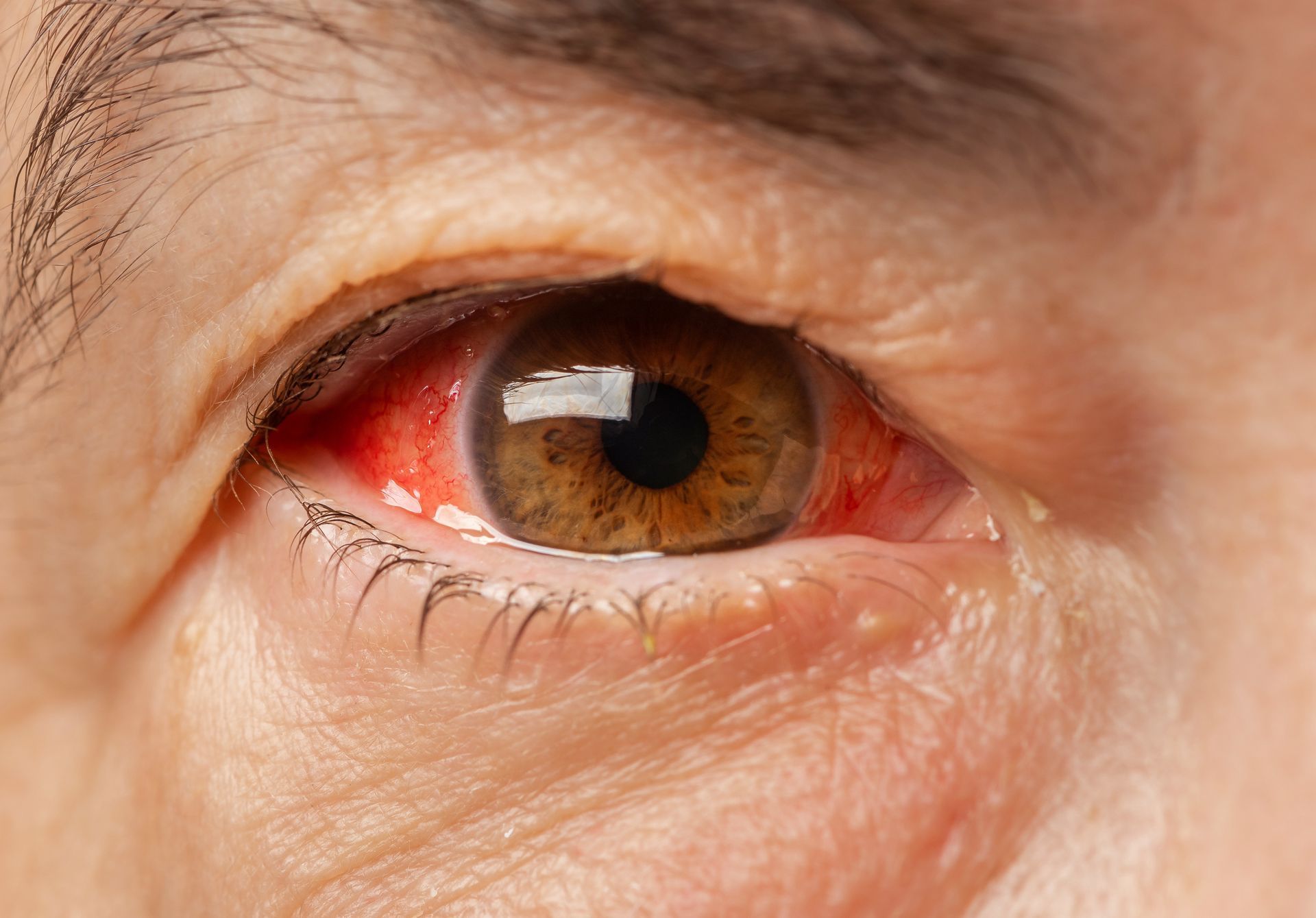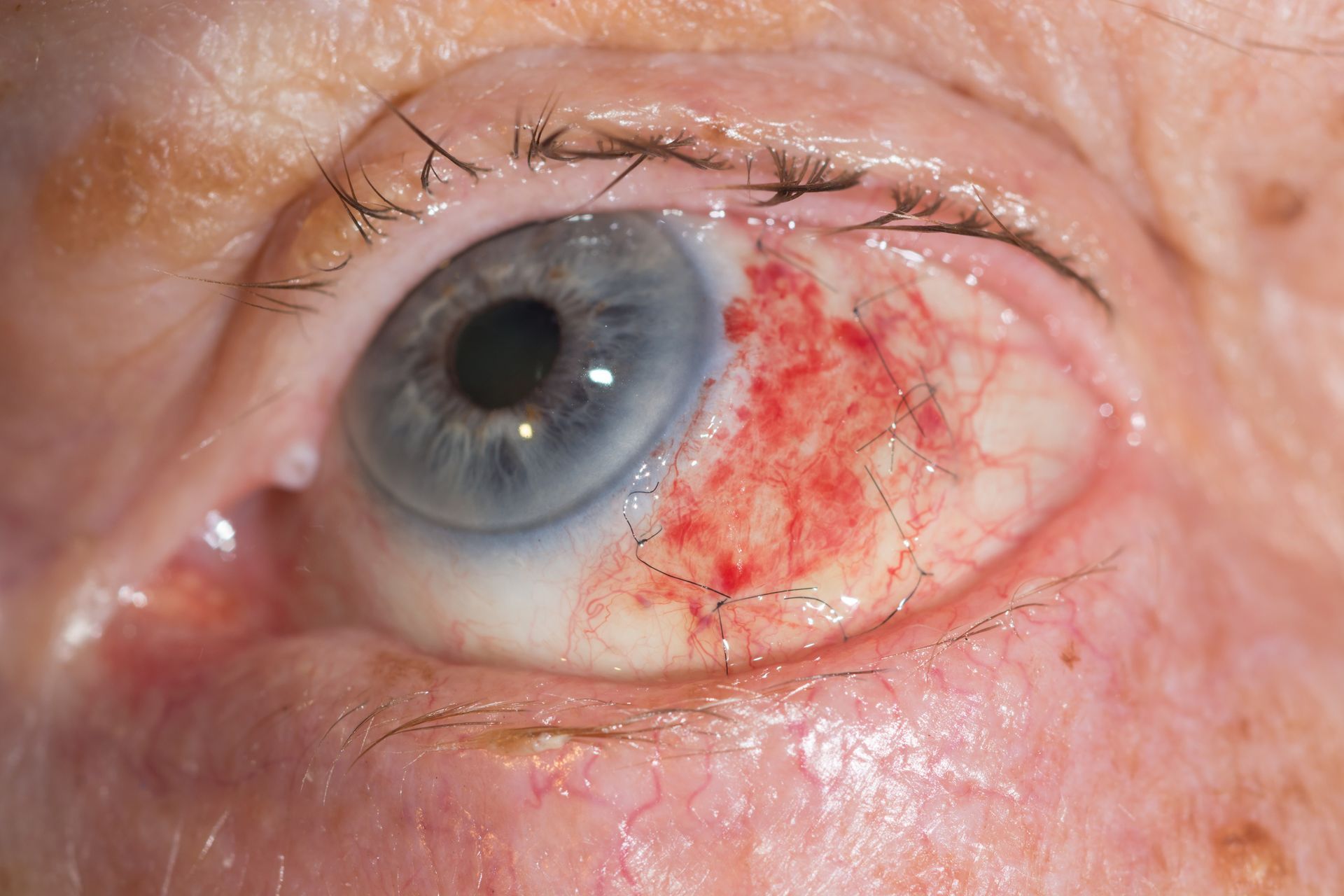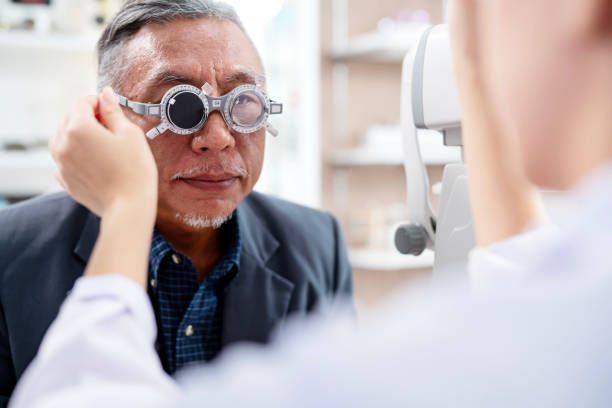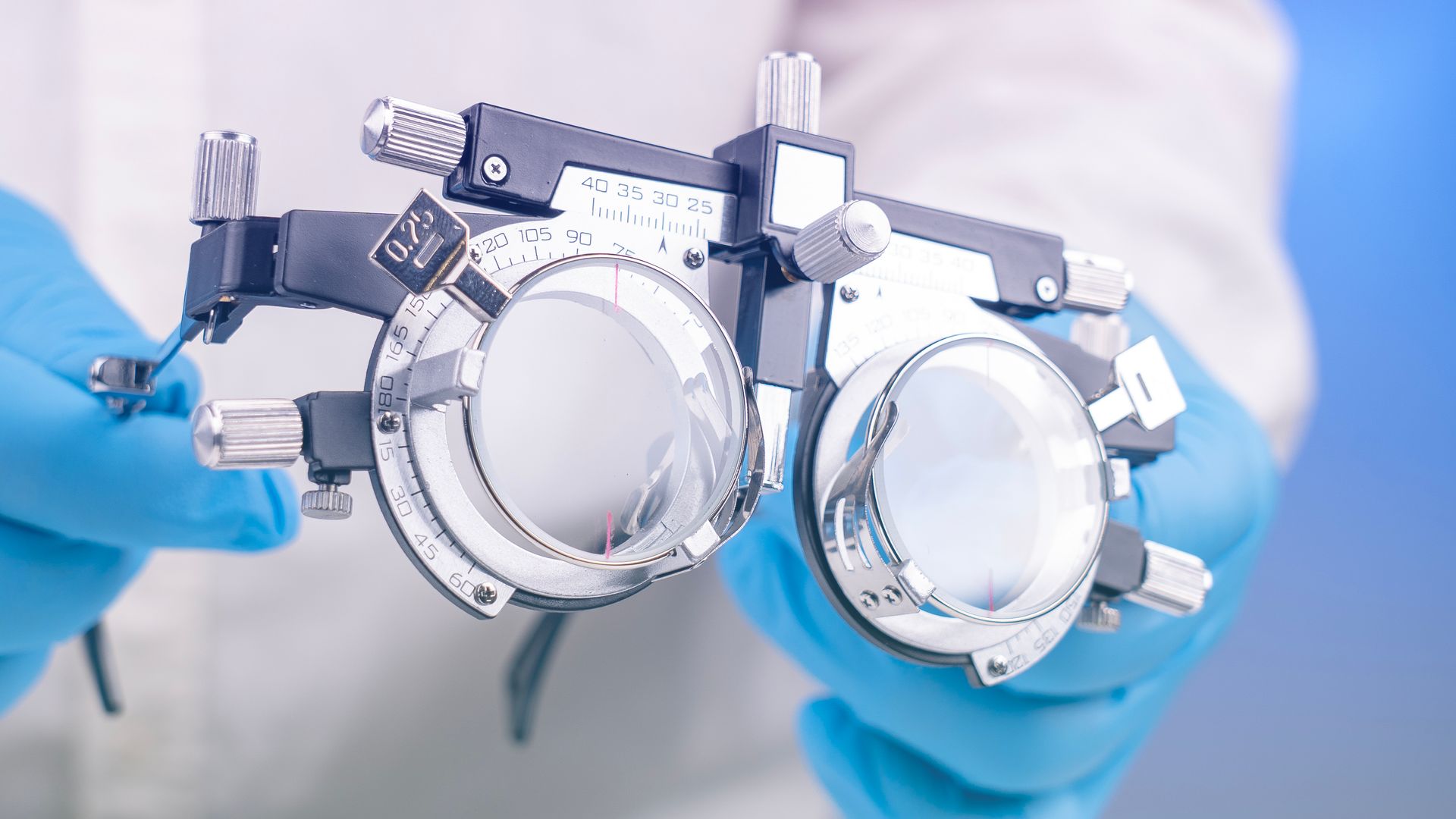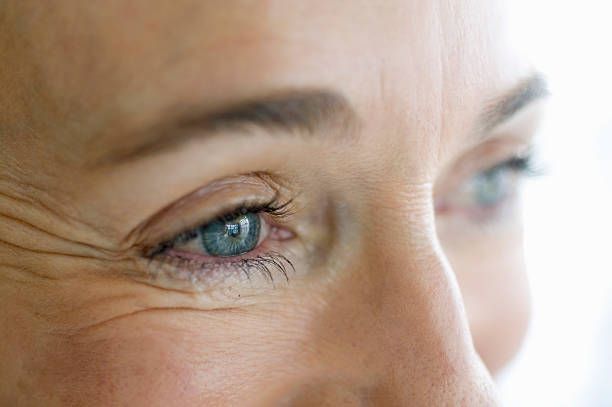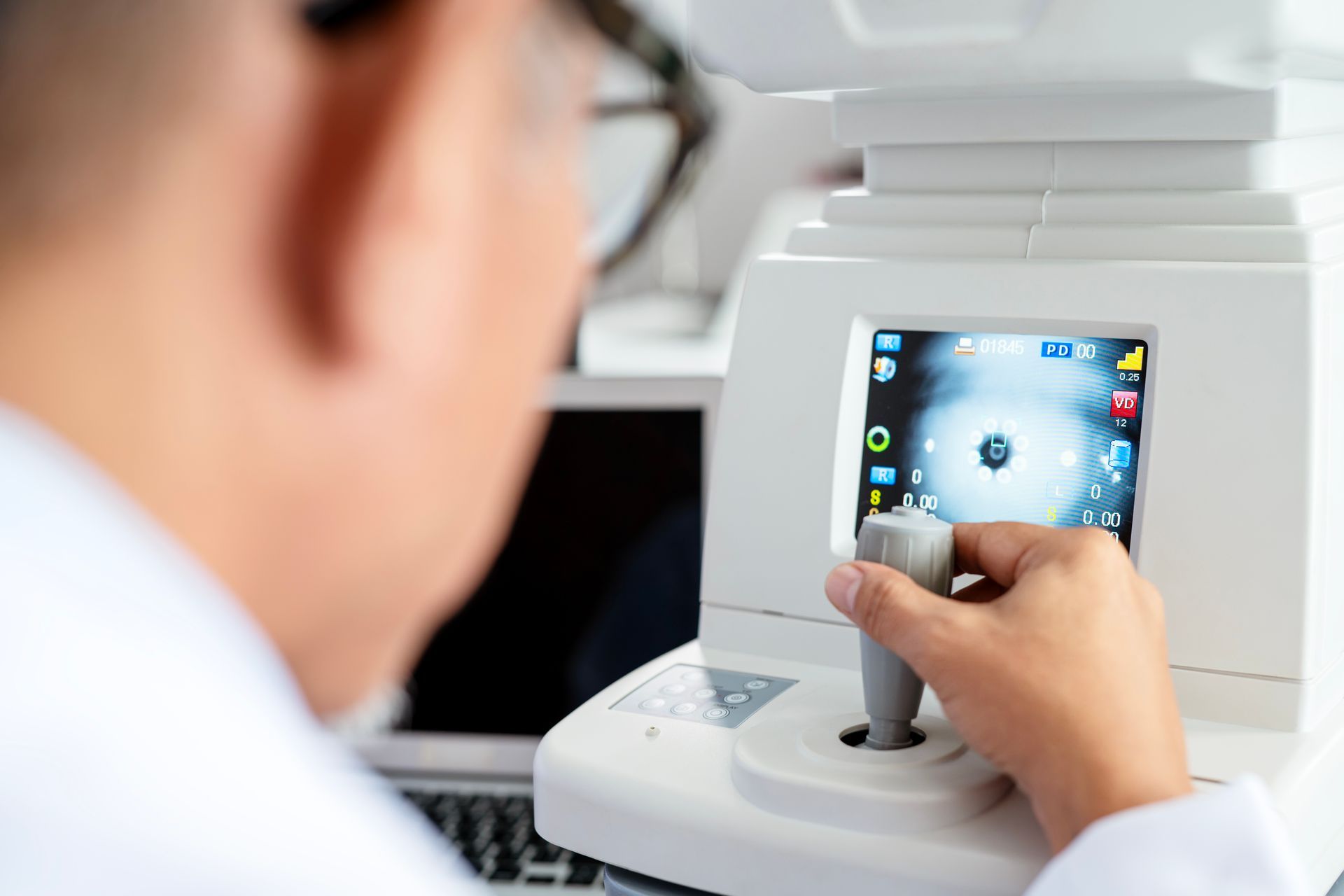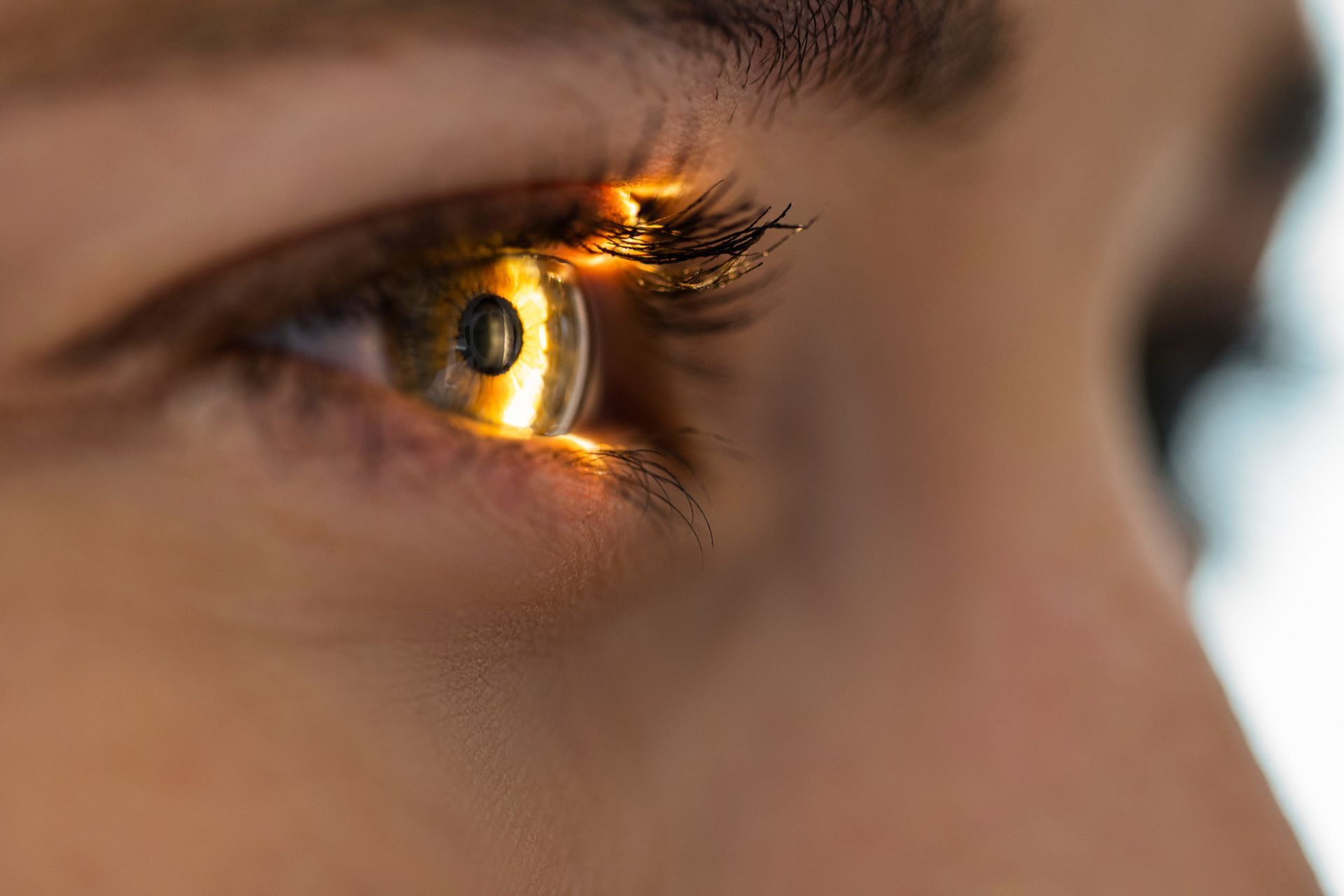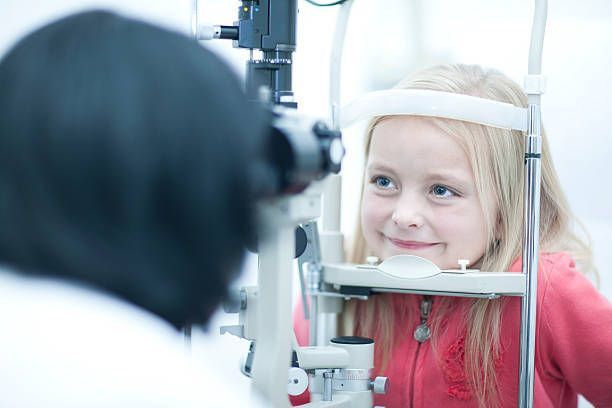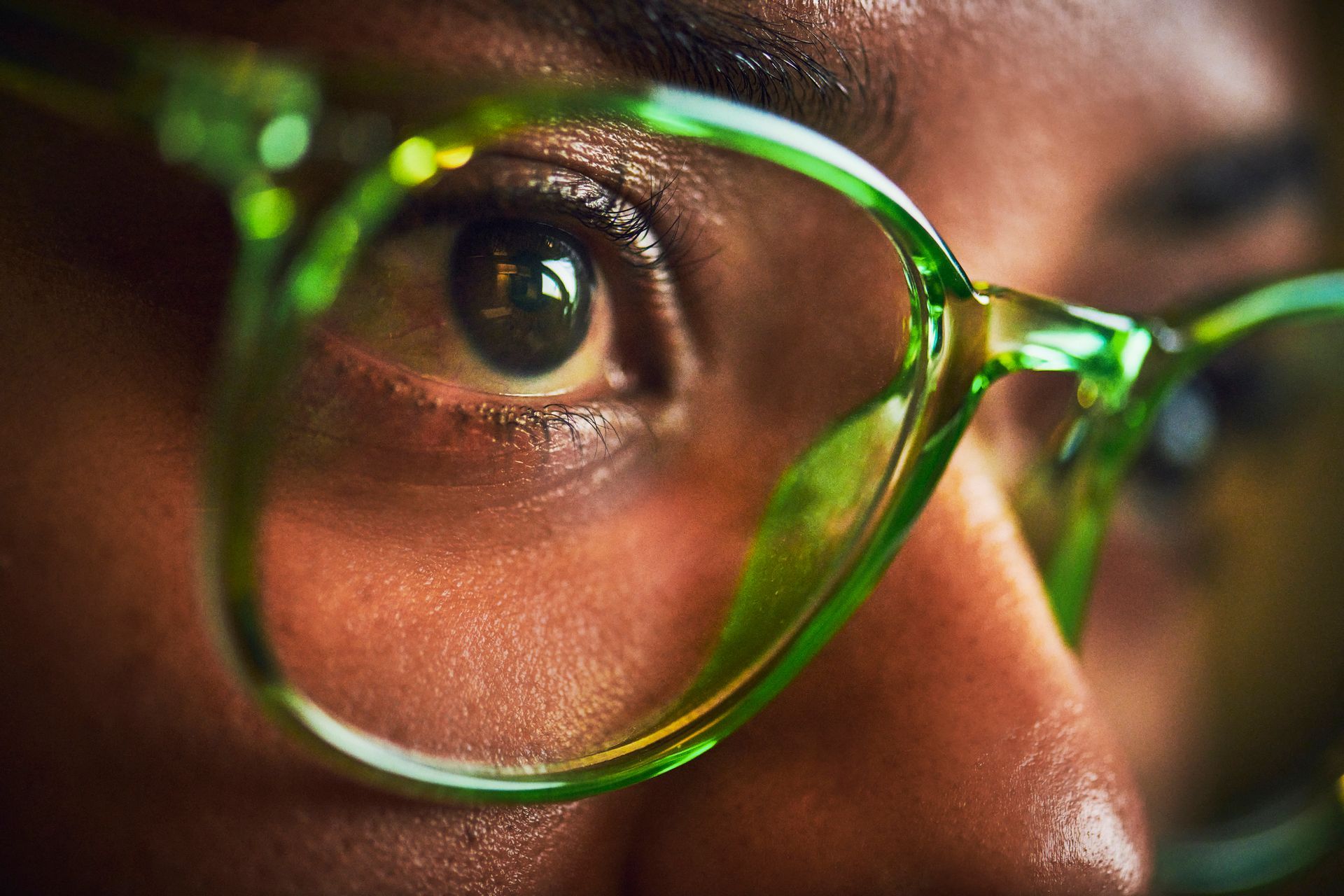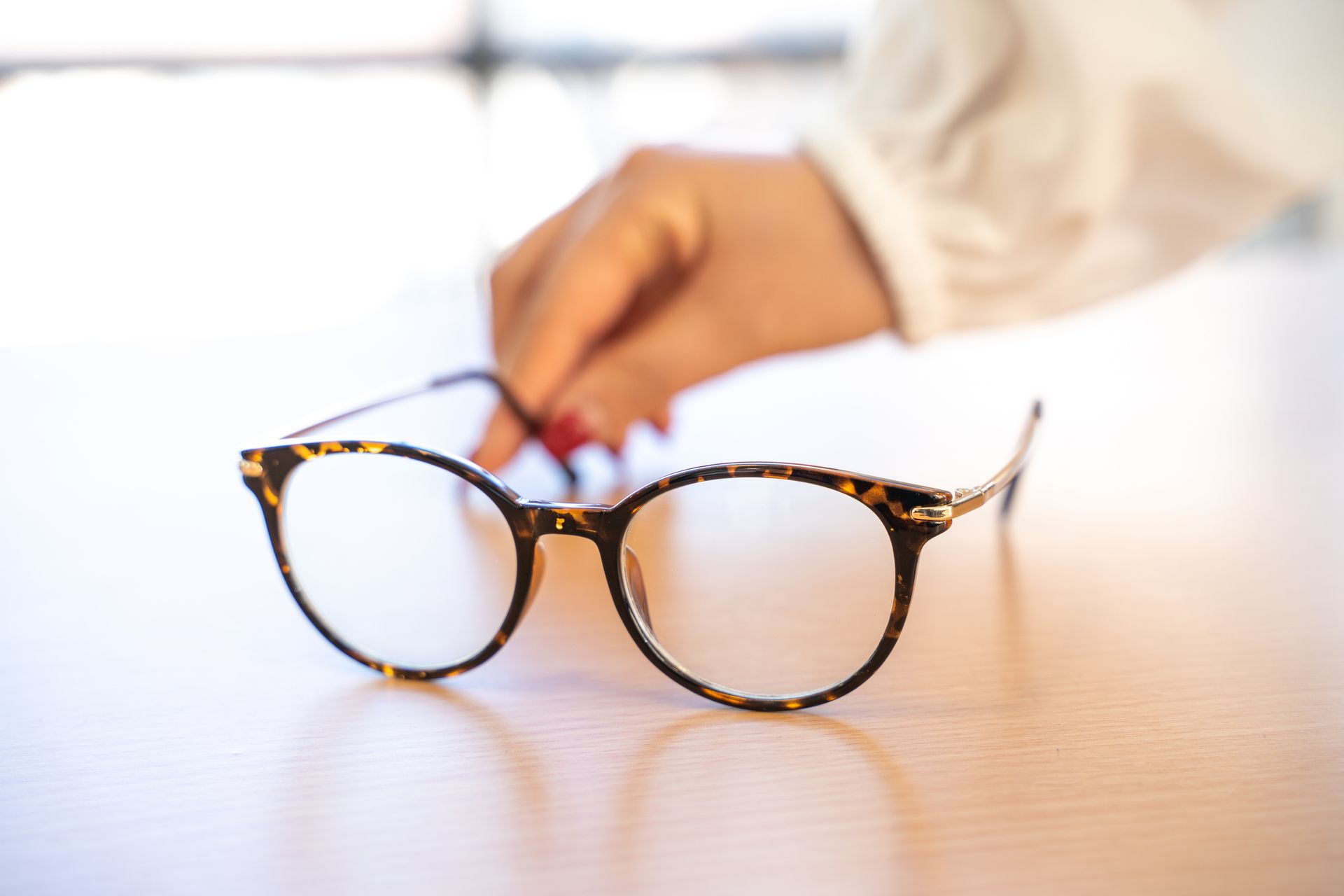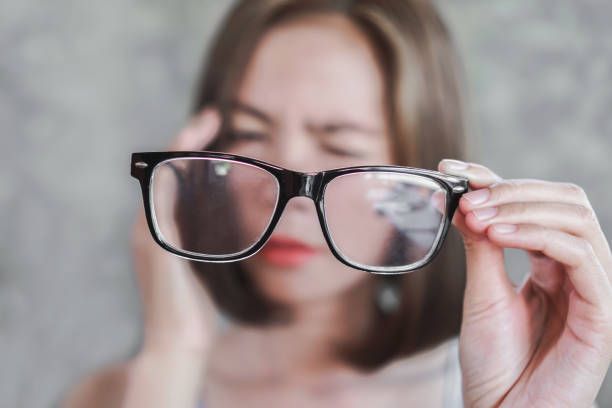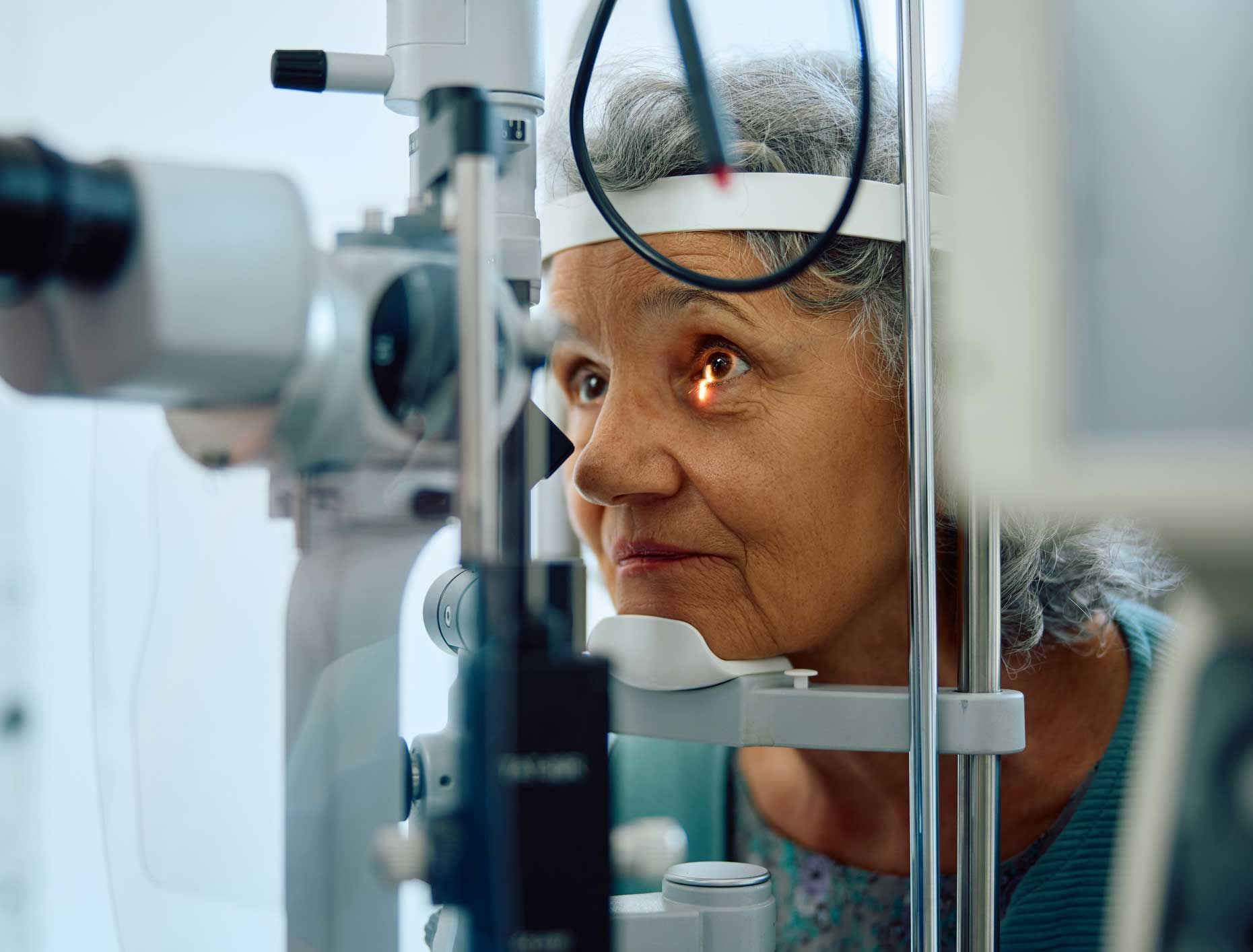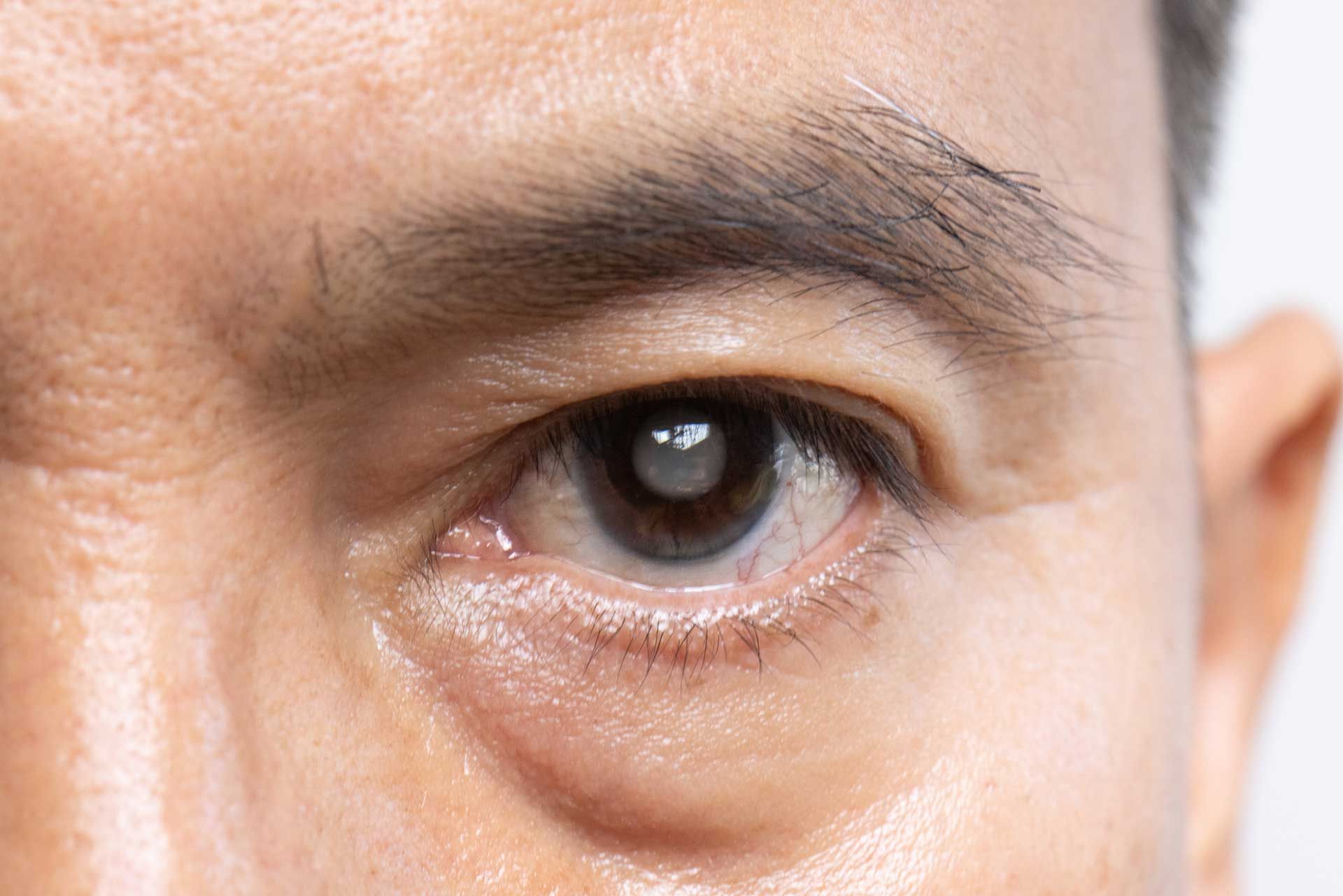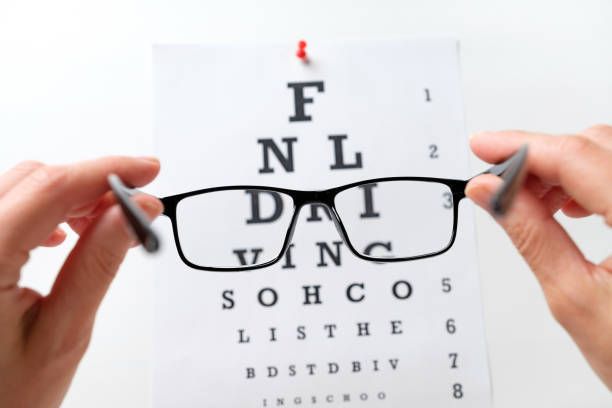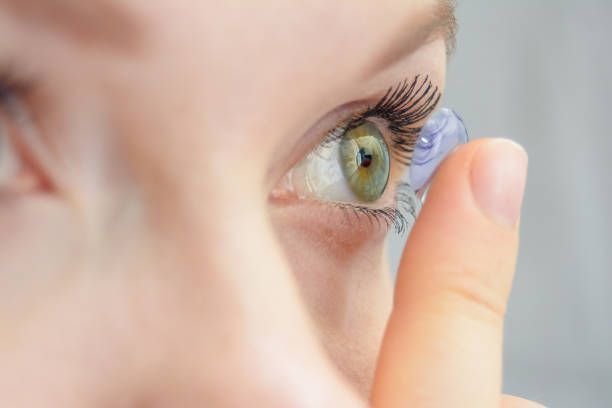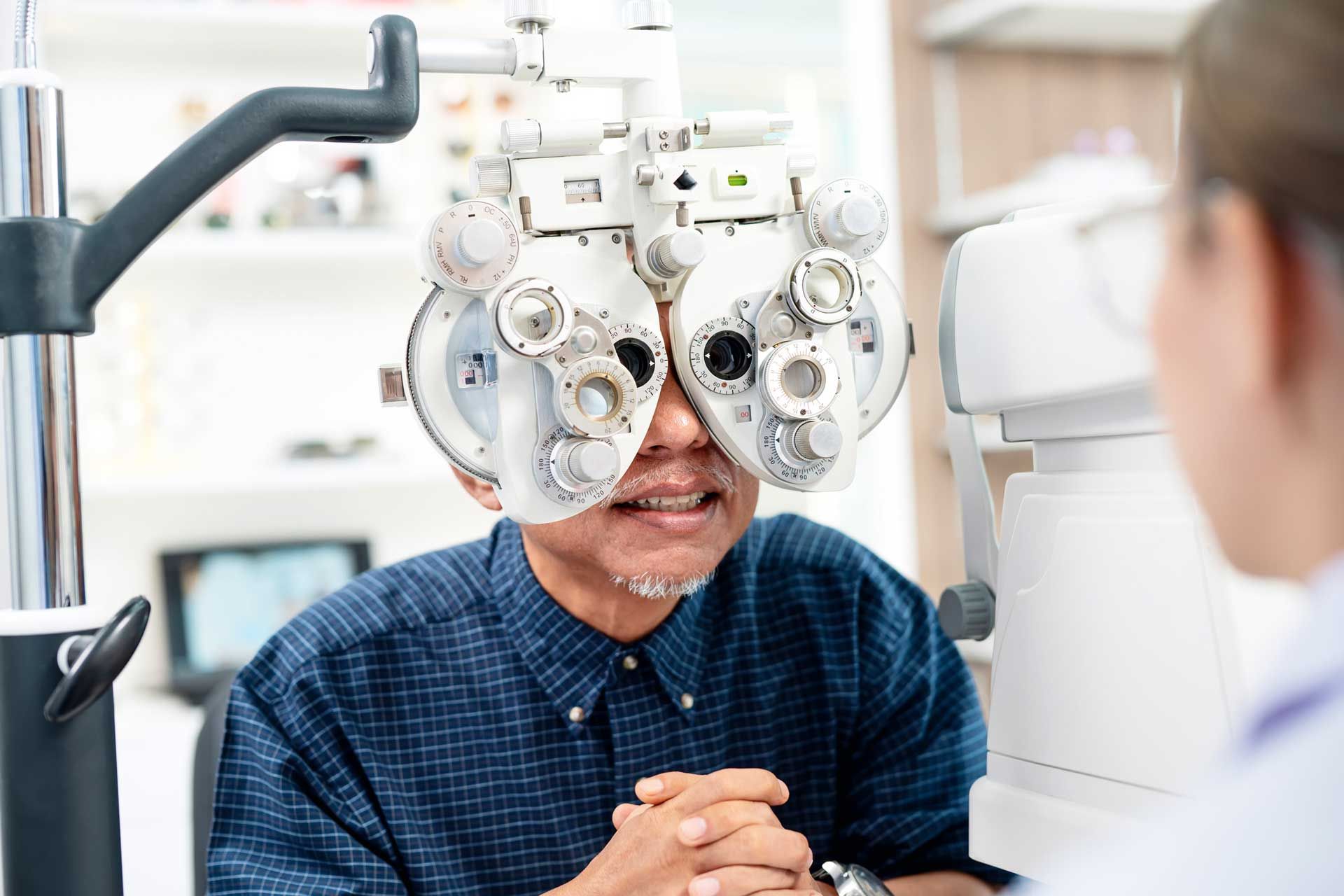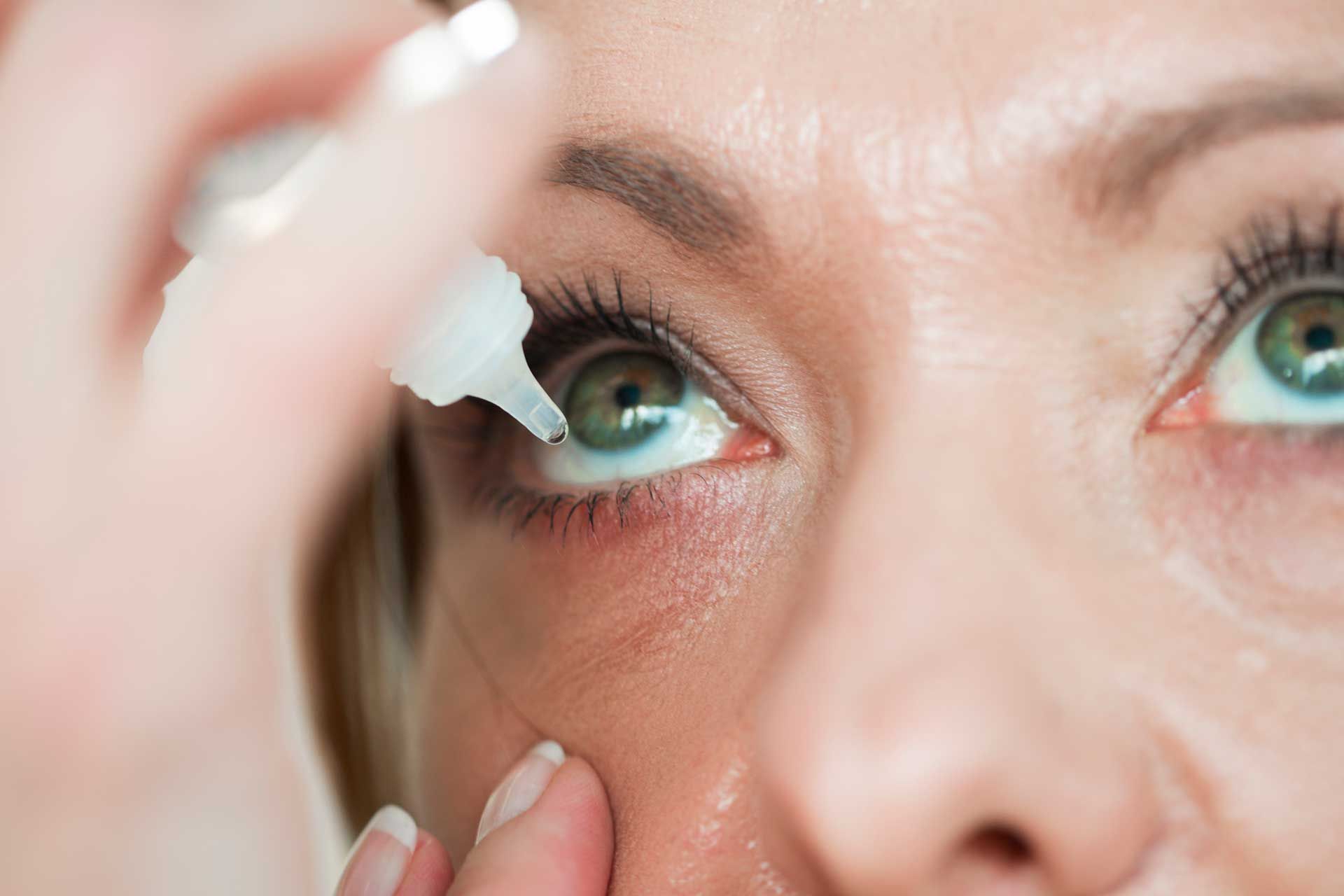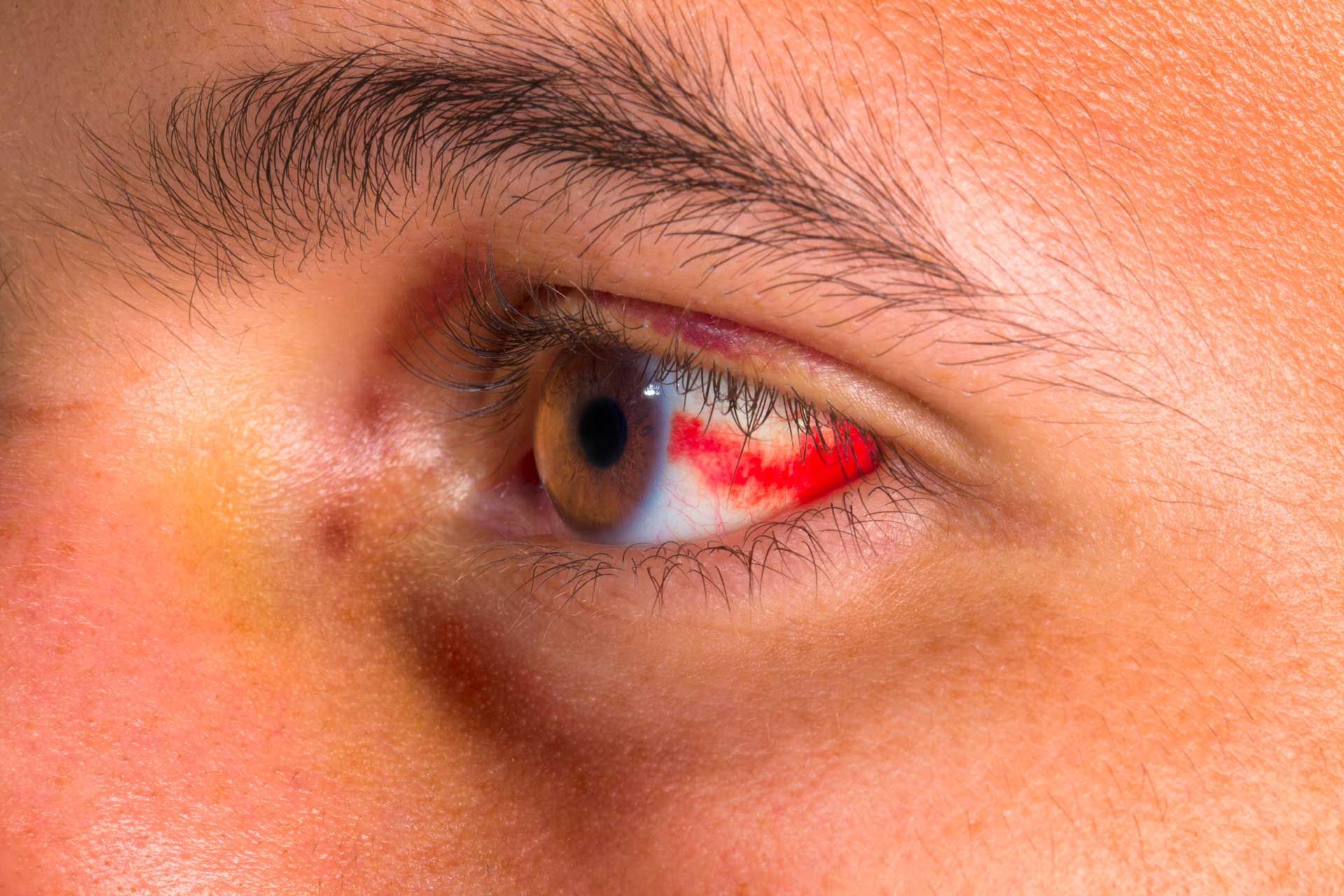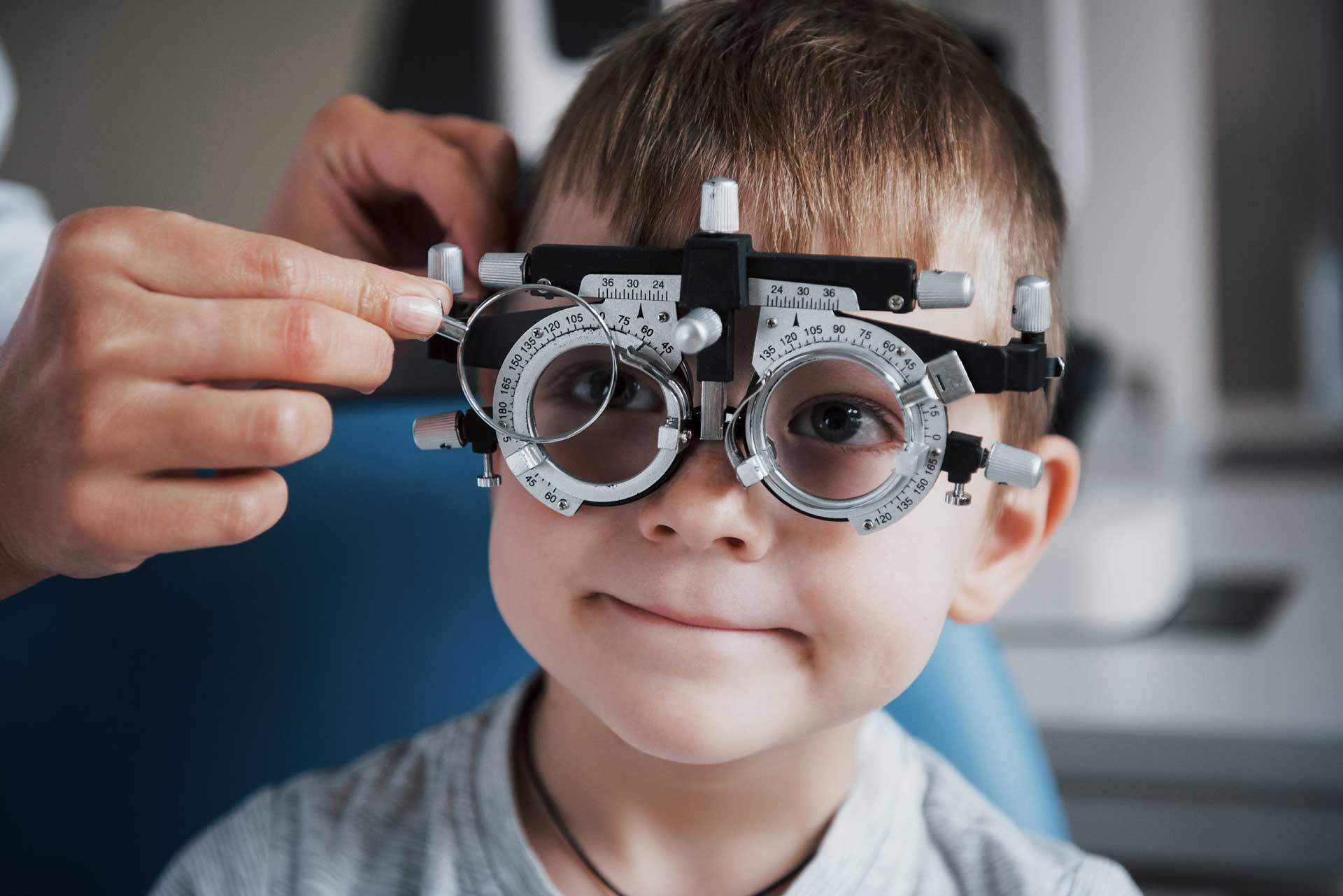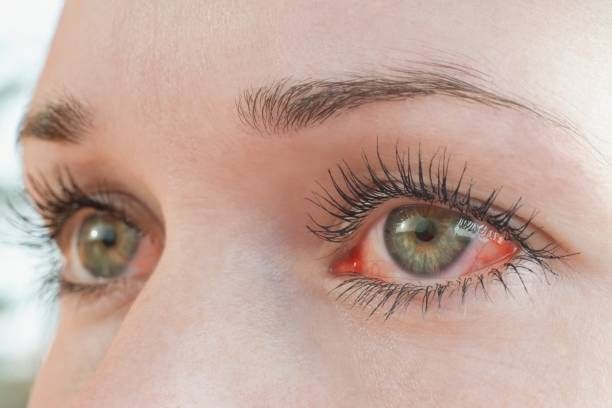August 29, 2025
If you’ve ever wondered why one pair of glasses costs more than another, you’re not alone. At VISION Michael Hare Optometrists , we believe in transparency, so here’s a summary of what affects the price of your specs. 1. Your Prescription This is often the biggest factor. Higher prescriptions usually require thinner , more complex lens designs or materials, like high-index lenses, to keep them light and comfortable. So, the stronger your prescription, the more you might pay for your lenses. 2. Lens Material Lenses come in various materials, and each affects the price: Standard plastic: Affordable, but can be thicker for strong prescriptions. Polycarbonate: Lighter and impact-resistant , ideal for kids or safety wear. High-index: Ultra-thin for strong prescriptions, offering a more refined look. Choosing the right material impacts not only the price, but also the weight, durability, and safety of your lenses. 3. Lens Coatings & Options Coatings play a big role in performance and cost: Anti-reflective: Ideal for night driving or computer use, reducing glare. Photochromic: Transitions lenses that darken in sunlight, perfect for those on the go. Blue light filters: Great for screen-heavy lifestyles, reducing eye strain. Multifocals: For those needing both distance and reading correction. The more advanced the lens, the higher the cost, but also the better the performance. 4. Frame Style & Brand Designer frames or premium materials, like titanium , will naturally come at a higher price, but we also offer great-value options that look stylish and are built to last. Whether you’re after something high-end or budget-friendly, there’s a frame for everyone. 5. Sunglass Options Prescription sunglasses come in various styles, including tints, mirror coatings, and polarised lenses . Brands like Maui Jim offer lenses that reduce glare and improve colour contrast , especially helpful for driving or time on the water. These options will add to the price, but they’re an investment in both your eye health and style. We also offer Ray-Ban Meta smart glasses, combining prescription lenses with smart tech features. A perfect fusion of fashion and function!
